
It’s been a long time since early humans rubbed two sticks together and made fire. Today, we have ways to blow up entire countries and science shows no sign of stopping. For now, these are 15 of the biggest manmade explosions in history, along with some disturbing hints of bigger ones to come with future tech.
Most of the largest explosions in the world happened as a result of weapons manufacturing, testing, or use in war. Future technology, if weaponized, raises the disturbing possibility of bombs large enough to crack the planet. Also, check out these special reports: 2 Dividend Legends To Hold Forever and Discover “The Next NVIDIA”
Key Points
13. MOAB
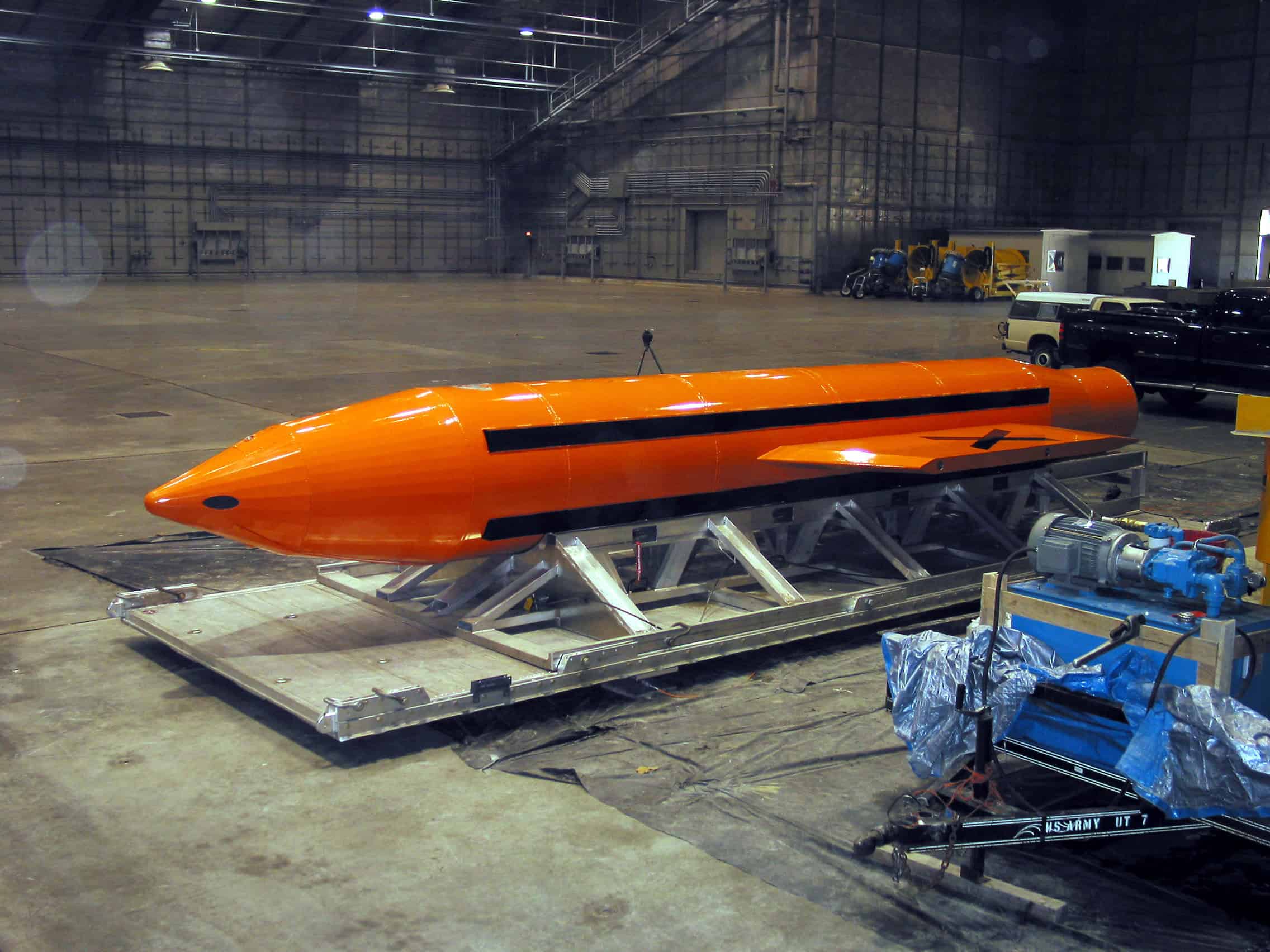
- Estimated yield: 11 tons of TNT (0.011 kt)
- Location: Used by the U.S. military in the Afghanistan War.
- Date: April 13, 2017
- Details: The 21,000-pound GBU-43/B Massive Ordnance Air Blast bomb, or MOAB, has been nicknamed “The Mother of All Bombs.” It is the largest non-nuclear explosive ever used in combat, with a yield as powerful as a small tactical nuclear weapon. It was first used in Afghanistan against terrorists sheltering in a cave complex and killed about 94 people.
12. FOAB
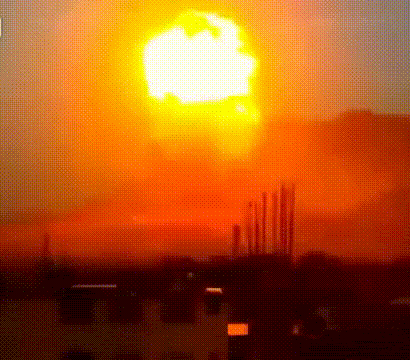
- Estimated yield: 44 tons of TNT (0.044 kt)
- Location: Tested by Russia
- Date: September 11, 2007
- Details: The Russian name of this weapon translates to the Aviation Thermobaric Bomb of Increased Power (ATBIP), but it has been nicknamed “The Father of All Bombs” in contrast to the American MOAB. Its design pulls in oxygen from the surrounding air when it explodes, giving it a stronger blast wave than conventional weapons that carry an oxygen mixture in their explosive payloads.
11. Oppau Explosion
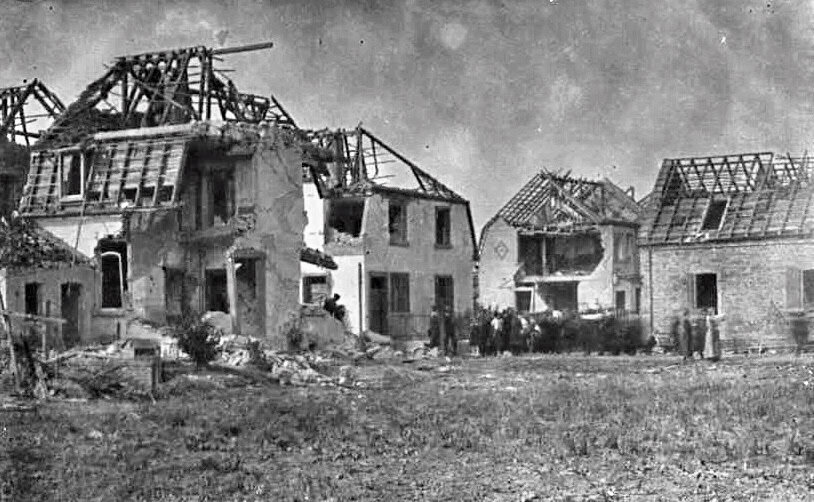
- Estimated yield: 1-2 kilotons of TNT
- Location: Ludwigshafen, Germany
- Date: September 21, 1921
- Details: An accidental explosion of 4,500 tons of ammonium sulfate and ammonium nitrate fertilizer exploded at a BASF plant. 500-600 people were killed and another 2,000 injured. The explosion left behind a crater 300-400 feet wide and 62 feet deep. People 300 miles away heard it. It also shattered all the medieval stained-glass windows of Worms cathedral, 9 miles away.
10. DuPont Powder Mill Explosion
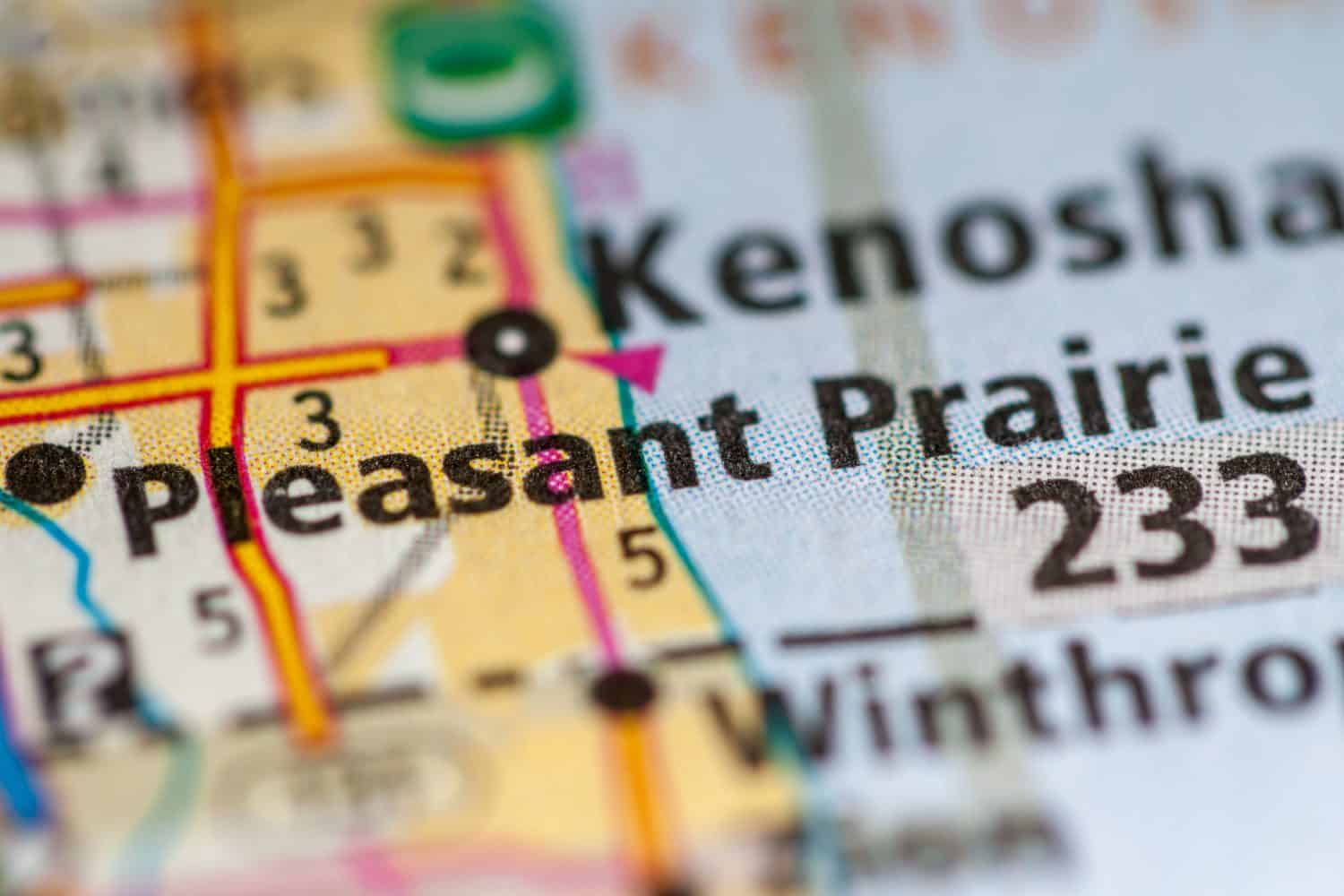
- Estimated yield: 1.1 kilotons of TNT
- Location: Pleasant Prairie, Wisconsin, United States
- Date: March 10, 1911
- Details: 150 tons of finished dynamite and 130 tons still in the manufacturing process exploded at the DuPont company. The explosion shattered windows 100 miles away and destroyed hundreds of houses within a 1o-mile radius, essentially wiping the little town of Pleasant Prairie from the map.
9. Beirut Explosion
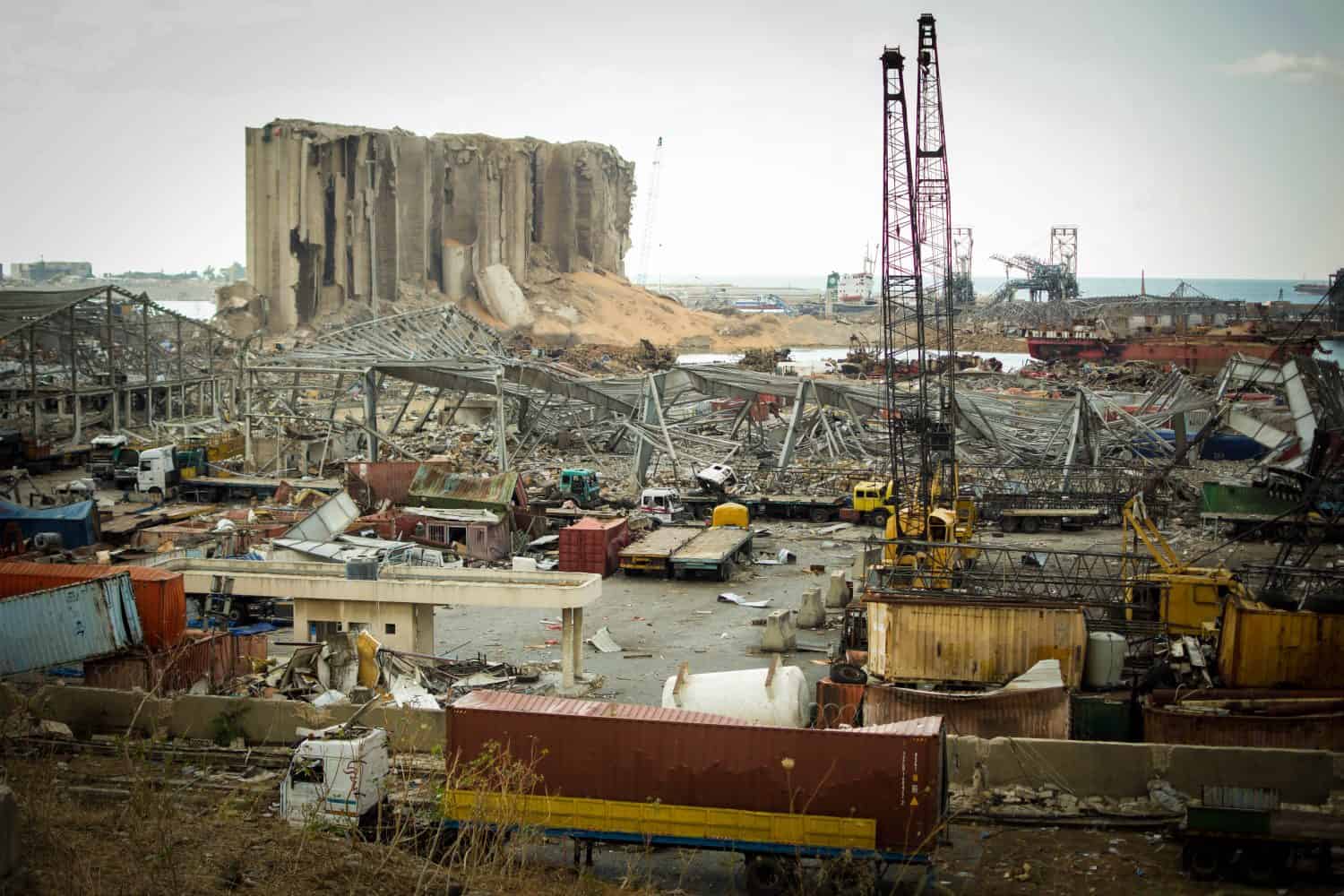
- Estimated yield: 1.1 kilotons of TNT
- Location: Beirut, Lebanon
- Date: 2020
- Details: An accidental explosion of 2,750 tons of ammonium nitrate stored at the Port of Beirut killed 218 people and injured 7,000. The property damage was estimated at $15 billion, which is about 75% of Lebanon’s entire GDP. The entire country of Lebanon heard the blast, as well as people as far away as Turkey and Cyprus, 150 miles away. The explosion registered as a magnitude 3.3 seismic event. In the public displeasure afterward, the Prime Minister and his cabinet resigned.
8. Port Chicago Disaster
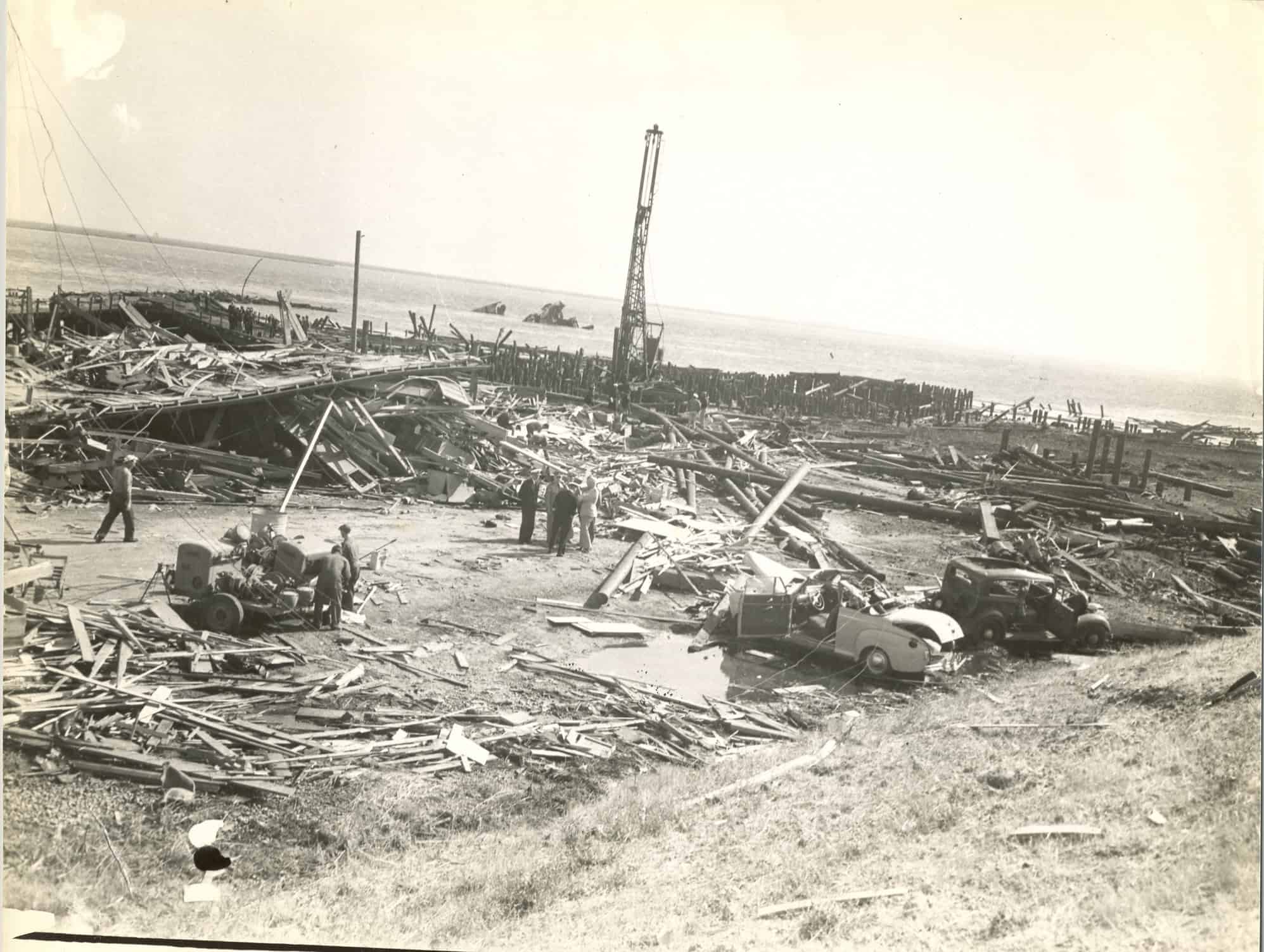
- Estimated yield: 1.6-2.2 kilotons of TNT
- Location: Port Chicago Naval Magazine, California, U.S.
- Date: July 17, 1944
- Details: Port Chicago was a town in California’s bay area that hosted a Navy Munitions Depot during World War II. In 1944, a cargo ship exploded in the port while being loaded with munitions for the war with Japan. 320 people were killed and another 390 injured. 300 buildings in the town were damaged by falling debris. The federal government bought what was left of the town and demolished every building at that time to create a safety zone around the Concord Naval Weapons Station docks.
7. RAF Fauld Explosion

- Estimated yield: 2.9 kilotons of TNT
- Location: Staffordshire, UK
- Date: November 27, 1944
- Details: 3,900-4,400 tons of military ammunition and high explosives stored in an underground storage depot detonated. The crater left behind was 100 feet deep and up to 1,000 feet wide. It still exists today and is called Hanbury Crater.
6. Halifax Harbor Explosion
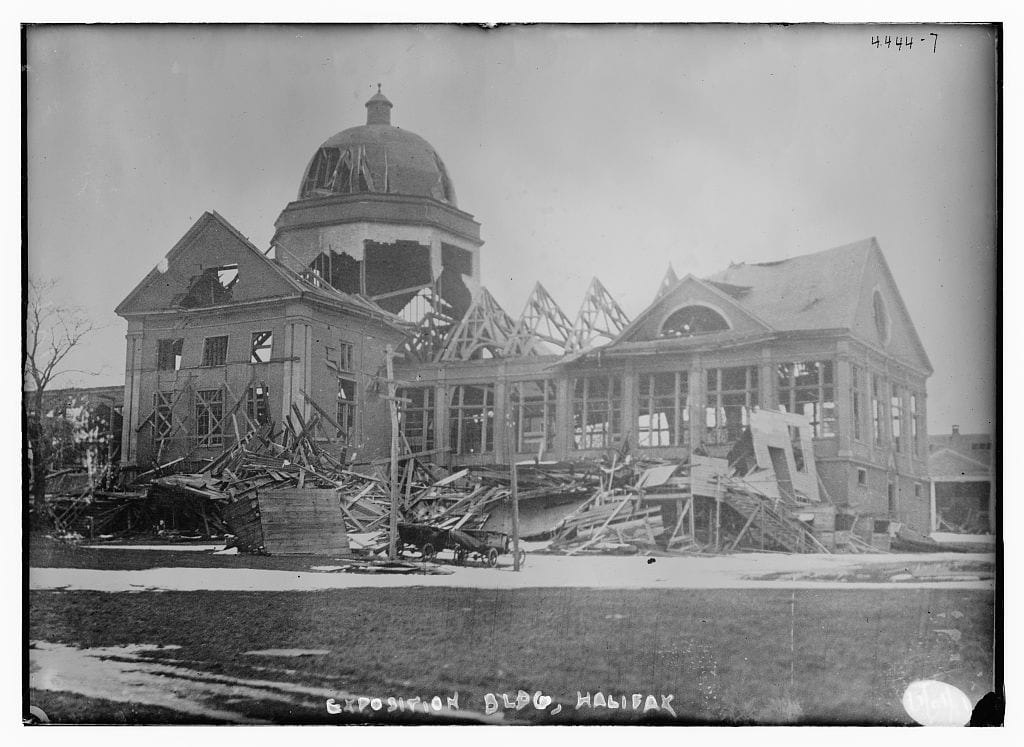
- Estimated yield: 2.9 kilotons of TNT
- Location: Halifax, Nova Scotia, Canada
- Date: Dec. 6, 1917
- Details: A munitions-laden French ship collided with a Norwegian ship in Halifax harbor and exploded, flattening the Richmond district of the city. 1,950 people died and another 9,000 were injured.
5. Oklahoma City Bombing
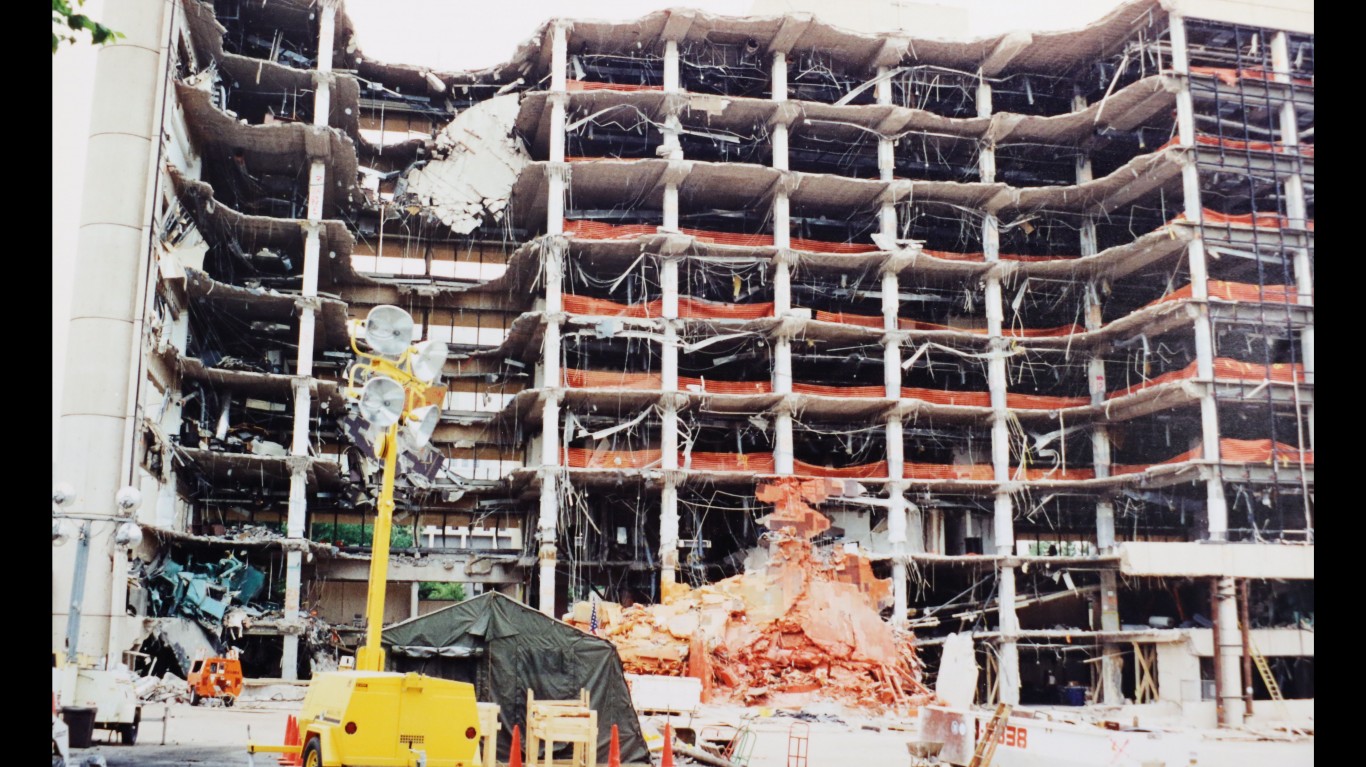
- Estimated yield: 5 kilotons of TNT
- Location: Oklahoma City, Oklahoma, United States
- Date: April 19, 1995
- Details: Domestic terrorists Timothy McVeigh and Terry Nichols set off a truck bomb containing 4,800 pounds of ammonium nitrate fertilizer, nitromethane, and diesel fuel in front of a federal office building. The explosion measured 3.0 on the Richter scale and was audible 55 miles away. 168 people were killed, including 19 small children in a daycare center in the building.
4. Wanggongchang Explosion

- Estimated yield: 20 kilotons of TNT
- Location: Bejing, China
- Date: May 30, 1626
- Details: About 20,000 people died from an explosion at a gunpowder manufacturing facility and armory. 2,000 of the fatalities were workers repairing the roofs of the Forbidden City. The blast destroyed everything in an area of 1.5 square miles and scattered trees and debris across the city. It left behind a 21-foot-deep crater and was felt nearly 100 miles away.
3. Trinity Atomic Bomb Test
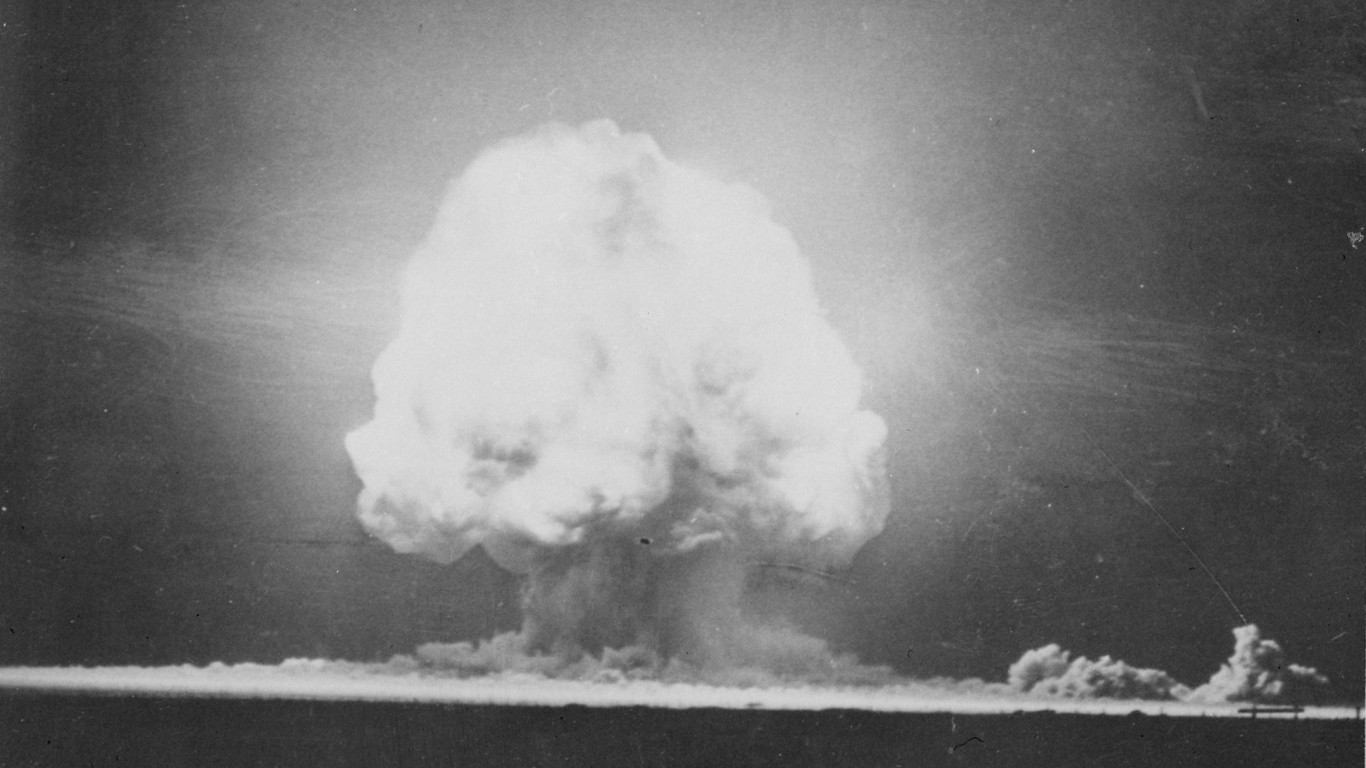
- Estimated yield: 25 kilotons of TNT
- Location: White Sands Proving Ground, New Mexico, United States
- Date: July 16, 1945
- Details: This was the first test of an atomic bomb. Its yield was larger than the bombs dropped on Hiroshima (15 kt) or Nagasaki (21 kt) that ended World War II. Each of these bombs operated on the principle of fission: splitting atoms of heavy radioactive elements. Today their yield would be comparable to a tactical nuclear weapon.
2. Castle Bravo
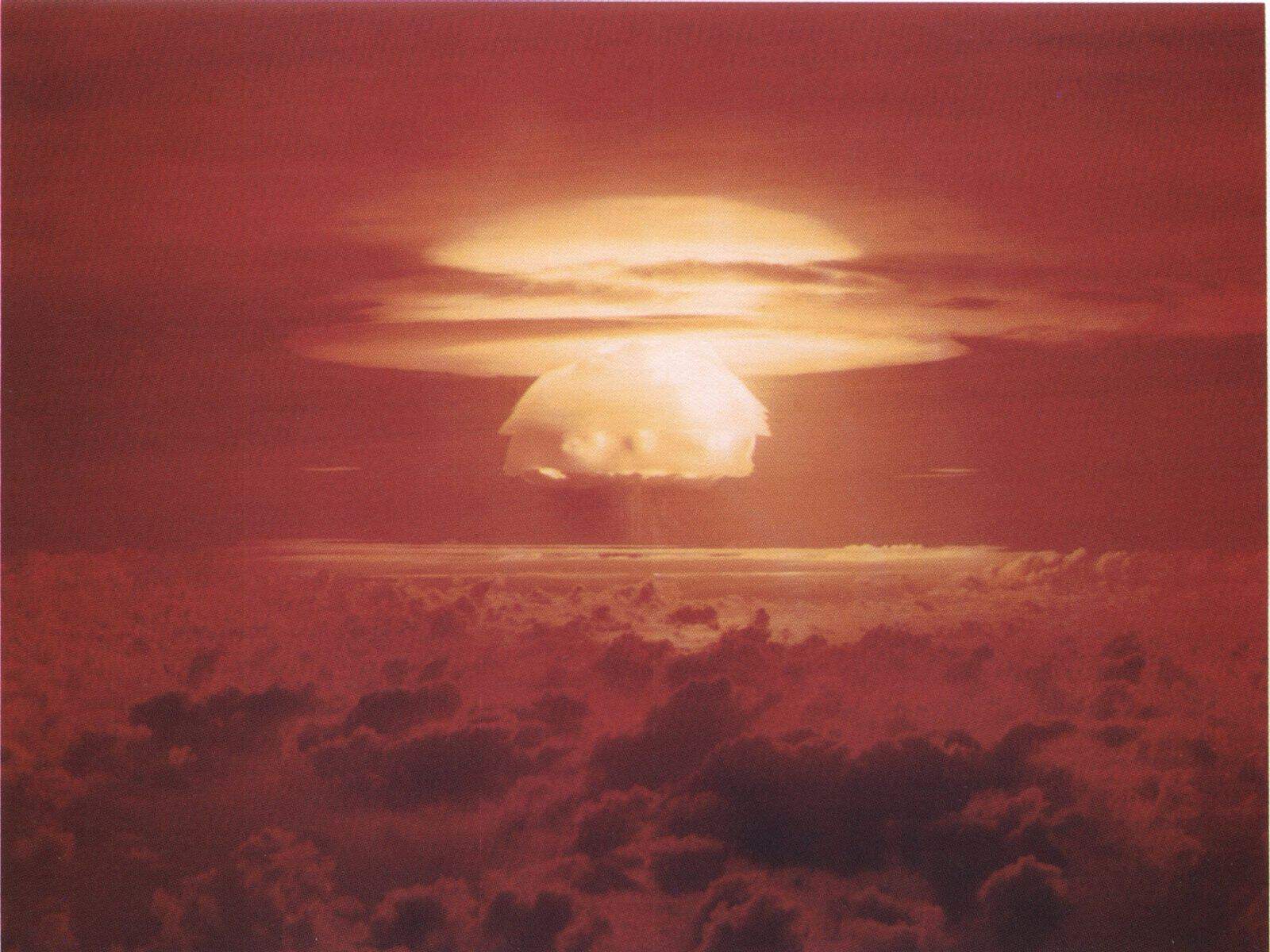
- Estimated yield: 15 megatons of TNT
- Location: Bikini Atoll, Marshall Islands
- Date: March 1, 1954
- Details: The largest nuclear bomb ever tested by the United States. A thermonuclear weapon, its explosive power came from nuclear fusion, which releases vastly more power than a fission device. The mushroom cloud reached 12 miles high and was visible 250 miles away. The yield was unexpectedly much higher than anticipated. It created significant nuclear fallout that contaminated nearby inhabited islands and a Japanese fishing boat, resulting in radiation sickness of islanders and the crew of the vessel, and the death of the chief radioman six months later.
1. Tsar Bomba
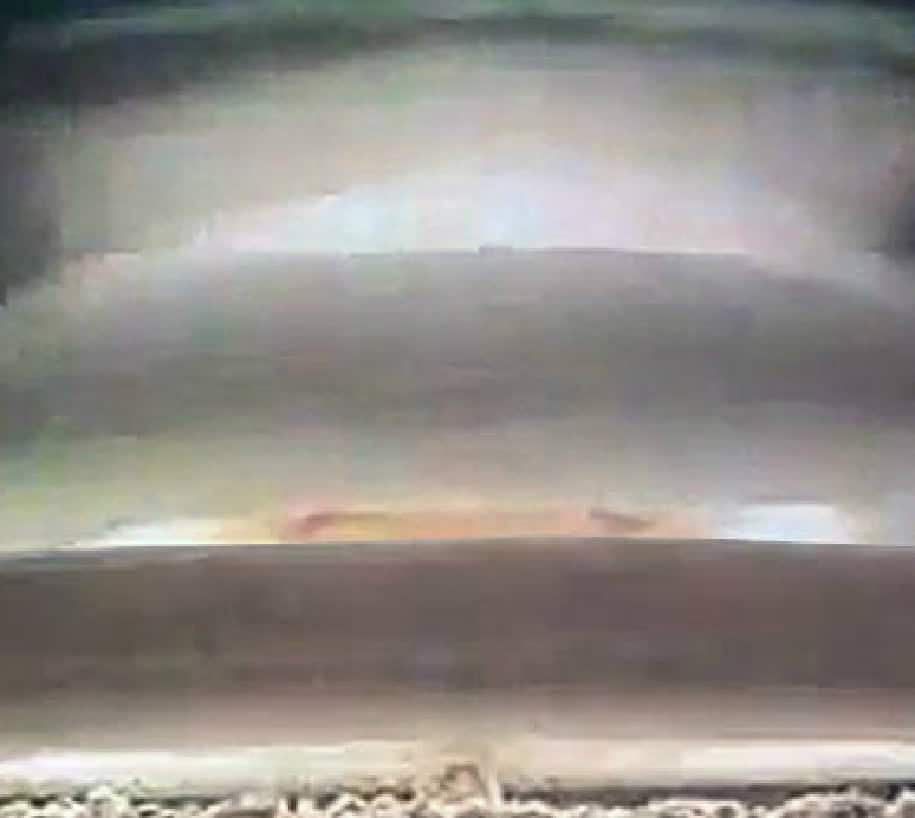
- Estimated yield: 50 megatons of TNT
- Location: Novaya Zemlya, Soviet Union
- Date: Oct. 30, 1961
- Details: This Soviet test was the largest thermonuclear bomb ever tested, and the largest manmade explosion in history. The fireball was 5 miles wide and could be seen 620 miles away. The mushroom cloud was 59 miles in diameter and punched through the stratosphere into the mesosphere. It reached a height of 42 miles above the ground, just short of the 50-mile mark recognized by the U.S. military as the boundary of space.
Are There Even Bigger Booms to Come?

Can we make an explosion bigger than a thermonuclear bomb? Probably yes. These are some areas of theoretical physics researchers say could create explosions vastly larger than we can imagine, perhaps even large enough literally to crack the planet like an egg.
- Helium-Based Thermonuclear Bombs: Current nuclear weapons are powered by fusing isotopes of hydrogen. Future bombs might use helium and achieve vastly greater energy yields.
- Antimatter Bombs: Made of atomic particles with opposite charges from regular particles, antimatter has been successfully created by researchers. When it comes into contact with normal matter, the result is a colossal explosion, many orders of magnitude larger than nuclear weapons.
- Quantum Technology Bombs: Theoretically, quantum principles such as superposition, entangled states, and tunneling could be used to control a quantum bomb from a distance, channel matter to it, and destroy targets by manipulating quantum effects to create fantastic explosions.
Are there any practical uses for such planet-killing devices? Perhaps the only real use they have is planet killing. Such a device could be a last chance to destroy a large asteroid before it hits the Earth. It could also break up asteroids or blast a hole through another planet’s crust for mining purposes. Let’s just hope that if any such thing is built, it is never used on our own planet.
Get Ready To Retire (Sponsored)
Start by taking a quick retirement quiz from SmartAsset that will match you with up to 3 financial advisors that serve your area and beyond in 5 minutes, or less.
Each advisor has been vetted by SmartAsset and is held to a fiduciary standard to act in your best interests.
Here’s how it works:
1. Answer SmartAsset advisor match quiz
2. Review your pre-screened matches at your leisure. Check out the advisors’ profiles.
3. Speak with advisors at no cost to you. Have an introductory call on the phone or introduction in person and choose whom to work with in the future
Thank you for reading! Have some feedback for us?
Contact the 24/7 Wall St. editorial team.
